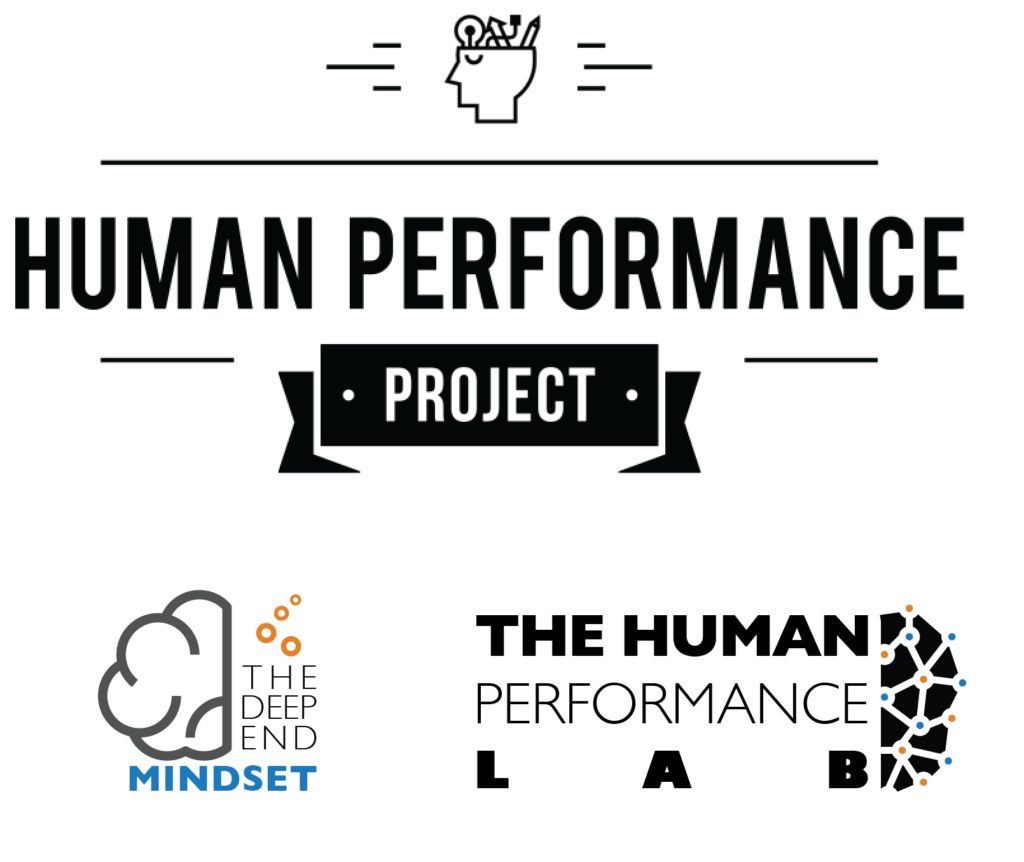The Old Trees of Leadership
“My goal is to be at the top of the pyramid.” I remember whispering quietly to myself as I sat in one of my MBA classes studying the org. structure of yet another high performing company.
Over the years of business school I had come to memorize this archetypal hierarchical tree. One where management and leadership roles became more exclusive (and scarce) as you move your way up, effectively putting more people underneath you.
How badly I wanted to be perched atop one of the tops of these trees, leading a high performing team, department or organization. My ego yearned for all of the things I then associated with game changing leadership… Headcount, direct reports, impacting the business, a team, a title.
Oh, how times have changed in only a few short years.
Not my ambition to lead. That has only strengthened. Whether it be people, visions, BHAGs or movements – my hunger & thirst to achieve greatness, however it is defined only grows. It is the context and false assumptions in which leadership occurs that has drastically changed.
The Evolution of Organizational Leadership
There will of course always be the need and value for traditional department, process, and team managers throughout an organization.
But there is a new breed of hybrid leaders emerging in the world of start ups and technology companies. Leaders who speak many languages and nimbly works across multiple departments and business functions. Leaders who facilitate and guide the space for creativity and innovation in one hand and iterative improvement and bottom-line business results in the other.
A Leader Without a Tree
This leader’s impact on the business has no correlation to the number of direct reports they have, and many times this number will be zero. In fact, it is this lack of headcount that allows this leader to effectively and dynamically assemble stakeholders from across the organization to form an agile team capable of building something remarkable.
A 10x Leader
Speed and exponential growth are the name of the game for this business leader. While traditional managers work hard to support their teams in driving the business forward incrementally on a day to day basis, these business leaders are looking for ways to radically pivot and evolve the business. The goal: leading exponential growth and radical market capitalization. Anything less than this is a missed target, framed as a learning opportunity to be captured before getting ready to ‘ready, fire, aim’ on the next build.
A Title’less Leader
This leader has no fancy title, and their job description is confusing and vague at best. They have decided that earning a reputation for trust, credibility and grit is more valuable than chasing a title. Inside the organization they are seen as a mover and shaker, someone that sees the world at a differently angle and has a unique set of skills and leadership that allow them to paint this picture in a language that transcends and engages all that surround them.
They lead through piercing influence and unrelenting conviction.
Walking the talk is an understatement. They are barreling forward with reckless abandon, empowering others to do the same.
A Visionary Leader
They do not have the safety net of ‘direct reports’ which reminds employees who they are accountable to. Instead, these leaders get a bucket of paint and a blank canvas as their tools. Their job, to paint a picture that intrinsically motivates and inspires every single member of their team to the point where the collective group is living and breathing the journey. Instead of performance reports and quarterly bonuses they have to reach into the minds, hearts, and souls of their team making them believe what they are doing is special and the single most important aspect of the business today.
A ‘Growth Hack Learner’ Leader
These leaders are experts at nothing and everything at the same time. While they don’t have a masters depth of knowledge in any field, they must know enough about every team, business lever and function to effectively engage and integrate that department’s stakeholder. And so instead of being an expert in a specific business function, they are experts in learning and self-awareness. They understand when their knowledge is not sufficient to effectively engage an aspect of the business and they will self-determine the path to acquiring this understanding. This process is iterative and continuous.
The Evolution of a New Organizational Leader
This role is becoming more clearly defined in companies generating huge amounts of growth velocity. It will be essential for the businesses racing to the top, competing with other technologies and platforms with the same philosophy.
[modalsurvey id=”1645442995″ style=”flat” align=”center” textalign=”center” width=”100%” visible=”false” message=”Thank you for your input!”]Is That All?
But then again, why aren’t all leaders focused on the principles and aspects mentioned above? Has the structure and hierarchy of management left us handicapped for what high performance leadership can look like?
Ask yourself this question – if you remove the reporting structure, the compensation, the performance reviews, and only have intrinsic motivation to rely on – would your team feel as excited and passionate about the vision as they are now?
My guess is that in many cases they would not.
In this new world of influence and leadership – it is in the lack of these traditional management safety nets where the next generation of game changing leaders are thriving.
Are you ready?
Photo Credit: Luke Pamer
Subscribe for a monthly dose of inspiration… Similar to what you just read above!


